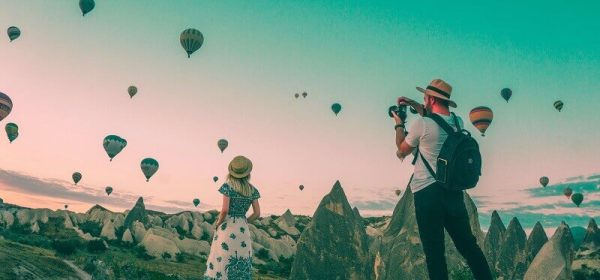Fine art photography is a genre that transcends mere documentation, focusing on expressing the photographer’s artistic vision and creative interpretation of the world. Unlike commercial or documentary photography, which often serves a specific purpose or narrative, fine art photography is driven by aesthetic considerations, emotion, and personal expression. In this article, we’ll delve into the world of fine art photography and explore how photographers use their creativity and technical skills to produce images that provoke thought, evoke emotions, and inspire viewers.
Exploring Creativity: Beyond the Lens
Creativity lies at the heart of fine art photography, driving photographers to push the boundaries of traditional techniques and experiment with new approaches to image-making. From composition and lighting to post-processing and printing, every aspect of the photographic process offers opportunities for creative expression and experimentation. By embracing their unique perspective and artistic vision, photographers can transform ordinary subjects into extraordinary works of art, imbuing their images with meaning, emotion, and beauty.
Composition: Creating Visual Harmony
Composition plays a crucial role in fine art photography, shaping the viewer’s perception and guiding their interpretation of the image. Photographers carefully consider elements such as balance, symmetry, leading lines, and negative space to create visually compelling compositions that draw the viewer’s eye and evoke a sense of harmony and balance. Experiment with different compositional techniques and perspectives to create dynamic and engaging images that resonate with viewers on a deeper level.
Lighting: Painting with Light
Lighting is a powerful tool in the hands of a fine art photographer, allowing them to sculpt and manipulate the mood, atmosphere, and visual impact of their images. Whether it’s natural light, artificial light, or a combination of both, photographers use lighting to enhance texture, shape, and form, creating dramatic effects and evoking emotions. Experiment with different lighting setups, angles, and intensities to achieve the desired mood and aesthetic in your photographs, and don’t be afraid to embrace shadows and highlights to add depth and dimension to your images.
Subject Matter: Finding Inspiration in the Everyday
Fine art photography encompasses a wide range of subject matter, from landscapes and portraits to still life and abstract compositions. Photographers often find inspiration in the ordinary and mundane, transforming everyday objects and scenes into extraordinary visual experiences. Look for beauty in unexpected places, explore different environments and perspectives, and experiment with different genres and styles to find your unique voice as a fine art photographer. By embracing a diverse range of subject matter, photographers can unleash their creativity and create images that resonate with viewers on a deeply personal level.
Printmaking: Bringing Images to Life
Printmaking is an essential part of the fine art photography process, allowing photographers to bring their images to life and share them with the world in tangible form. From selecting the right paper and printing technique to choosing the perfect size and presentation format, printmaking requires careful attention to detail and craftsmanship. Experiment with different printing methods, papers, and finishes to find the perfect combination that enhances the visual impact and aesthetic appeal of your images. Whether displaying your work in galleries, exhibitions, or personal collections, fine art prints offer a timeless and enduring way to showcase your creativity and talent as a photographer.
In conclusion, fine art photography is a powerful medium for expressing creativity, emotion, and personal vision through images. By exploring creativity beyond the lens, mastering composition and lighting techniques, finding inspiration in the everyday, and mastering the art of printmaking, photographers can create visually compelling images that resonate with viewers on a deeply emotional and aesthetic level. Whether capturing the beauty of the natural world, exploring the depths of human emotion, or experimenting with abstract forms and textures, fine art photographers have the freedom to express themselves in limitless ways and create images that inspire, provoke, and captivate audiences around the world.



